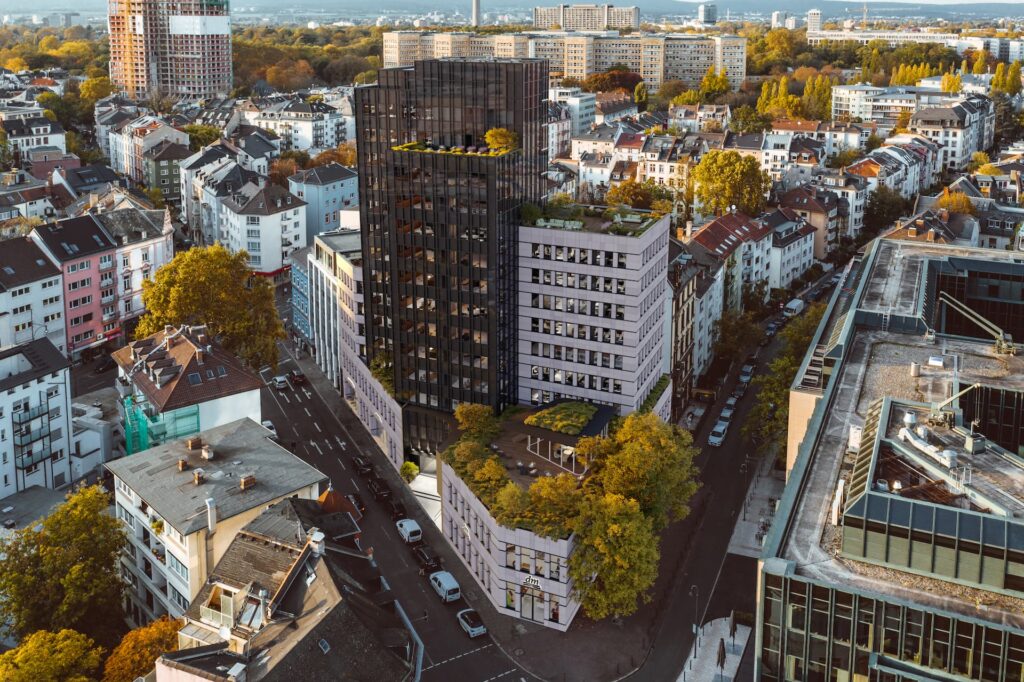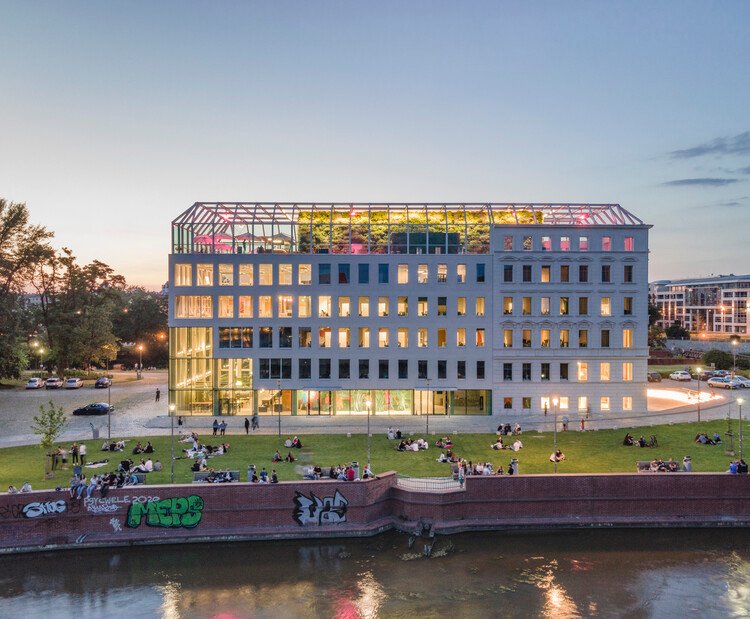3D Renderings for Interactive Museum Experiences
Welcome to our latest blog post! Today, we dive into the captivating world of 3D renderings and their transformative role in creating interactive museum experiences. With the advancement of technology, museums across the globe are embracing this innovative tool to offer immersive and engaging experiences to visitors. Let’s delve deeper into this exciting topic.
Introduction to 3D Renderings
3D renderings are a powerful tool in the field of visual communication. They convert 3D wireframe models into 2D images with photorealistic effects. These images can include attributes such as shadows, lighting, texture, and color. The real magic lies in how such renderings can draw the viewer into a scene, creating an experience that’s as close to reality as possible.
Why 3D Renderings in Museums?
3D renderings in museums have the potential to revolutionize the way visitors interact with exhibits. They offer an immersive, engaging, and interactive experience that goes beyond the traditional approach of viewing static displays. Imagine being able to explore an ancient Egyptian pyramid from the inside, inspecting hieroglyphs up close, or walking through a detailed reconstruction of a historical event. That’s the kind of experience 3D renderings can provide.
The Impact of 3D Renderings on Museum Experiences
Enhanced Visitor Engagement
One of the primary benefits of 3D renderings in museums is the enhanced visitor engagement they encourage. Rather than merely observing, visitors become participants in the experience. This approach enables them to gain a deeper understanding and appreciation of the subject matter.
Enhancing Visitor Engagement with 3D Renderings for Interactive Museum Experiences
Creating Immersive Environments
Museums have evolved significantly over the years, shifting from static displays to interactive environments. This transformation is largely due to the advent of digital technology, particularly 3D renderings. 3D renderings for interactive museum experiences have become a game-changer, allowing visitors to fully immerse themselves in the exhibits.
These high-quality 3D models let visitors engage with the exhibits in a more interactive way. For instance, they can virtually touch objects, rotate them, and observe their minute details. This level of interactivity not only makes the museum experience more engaging but also creates a memorable learning experience for visitors of all ages.
Bridging the Gap between Past and Present
One of the biggest advantages of using 3D renderings in museums is their ability to bring the past to life. Imagine walking into a museum and being able to see a life-sized 3D model of a dinosaur, or a detailed rendering of an ancient city. This technology can make it possible, bridging the gap between the past and present and enabling visitors to experience history in a more tangible way.
In addition, 3D renderings can also be used to recreate damaged or lost artifacts. This can be particularly beneficial for educational purposes, allowing visitors to see and interact with objects that would otherwise be impossible to view.
Future of 3D Renderings for Interactive Museum Experiences
Virtual and Augmented Reality Experiences
The future of 3D renderings for interactive museum experiences looks promising with the integration of virtual and augmented reality. VR and AR technologies can take 3D renderings to the next level, enabling visitors to immerse themselves in a completely virtual environment or see virtual objects in the real world.
For instance, a visitor could wear a VR headset and be transported to a virtual museum where they can interact with 3D renderings of artifacts. Alternatively, they could use an AR app on their smartphone to see how a virtual dinosaur would look in the real world.
The integration of VR and AR technologies with 3D renderings opens up endless possibilities for creating more engaging and interactive museum experiences. As these technologies continue to advance, we can expect to see more innovative applications in the museum sector.In conclusion, 3D renderings for interactive museum experiences are revolutionizing the way we explore and learn from museums. They not only provide a more immersive and engaging experience for visitors but also offer museums a way to preserve and showcase artifacts and exhibitions in a new and innovative manner. The use of 3D technology, therefore, is not just a trend but a powerful tool that has the potential to reshape the future of museum experiences. It is an exciting time for both museum-goers and curators as we continue to witness the fusion of technology and history in creating magical and educative experiences.







